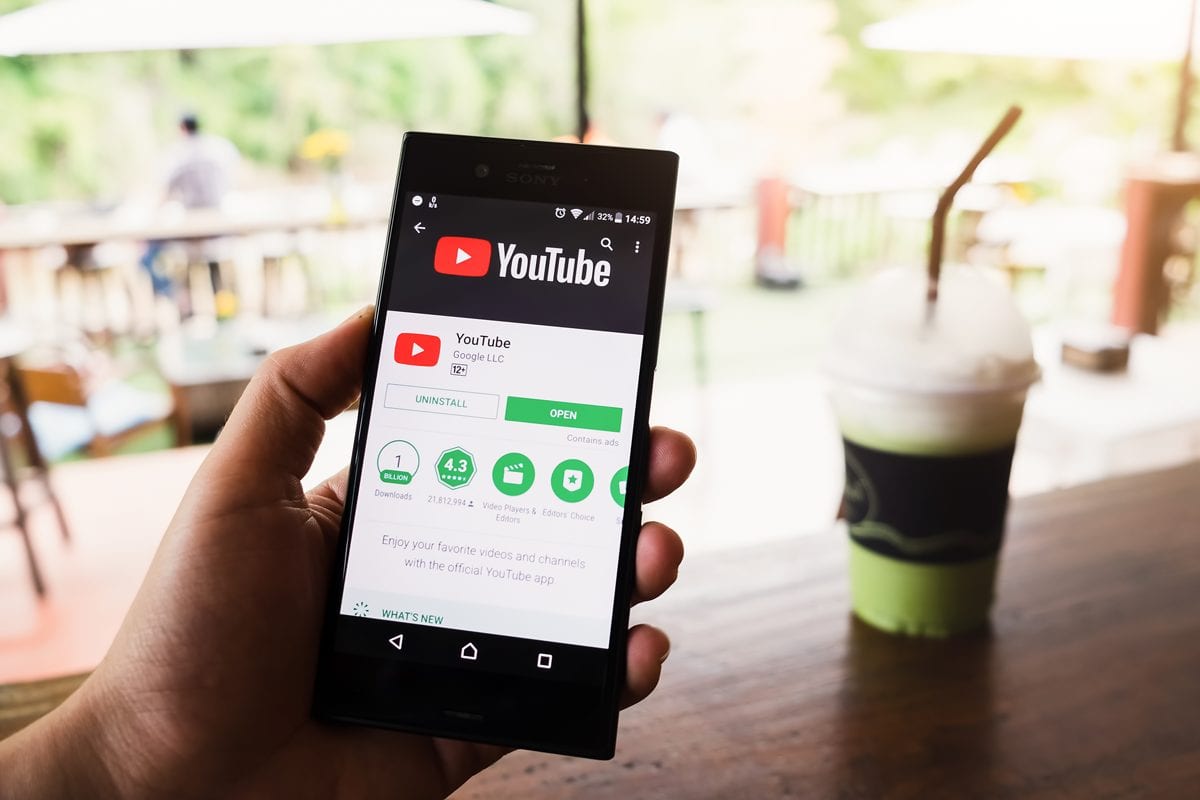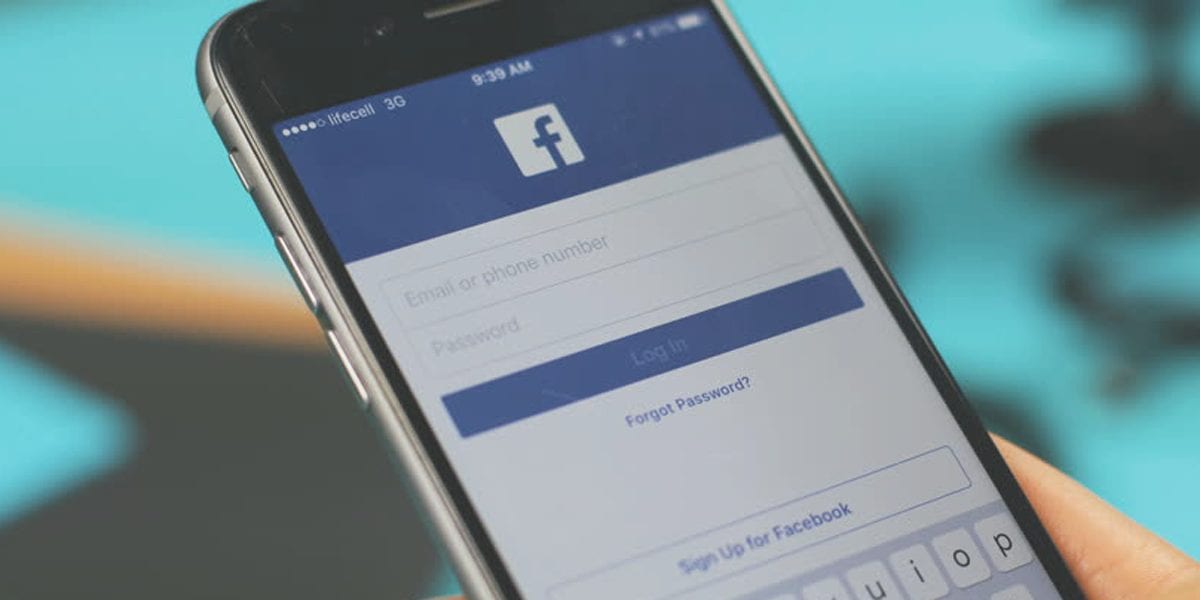Microsoft Ads for Medical: Give Your Practice A Spark
To say that no one uses Bing is a blatantly false statement. Sure, it’s not Google, a search engine so ingrained into our daily lives to the point that Google is a verb in the Merriam-Webster Dictionary.
Nevertheless, Bing is a fairly popular search engine and one that’s overlooked. Don’t overlook Bing — or Microsoft, for that matter. It’s a pretty powerful contender in the realm of digital advertising, and it’s one that can help medical practices in particular. Its advertising service, Microsoft Advertising (formerly Bing Ads), is worth giving a shot.
Reach Prospective Patients in Places Where Google Can’t
Bing runs 1 in 3 U.S. desktop searches. It’s also the default search engine for Windows 10 users as well as other Microsoft applications like Word, PowerPoint, and Cortana.
Microsoft Advertising can reach 49.4 million users that Google can’t reach. If other clinics are mainly marketing via Google Ads, that means there’s an opportunity for your clinic to find prospects who aren’t searching on Google. Also, Microsoft Advertising isn’t only on Bing; its ads can be seen on Yahoo, AOL, and partner sites like Amazon. Even certain applications, such as Skype and Outlook, display Microsoft Ads search advertisements.
Target Older Audiences With Higher Incomes
Like Google Ads, Microsoft Advertising offers geotargeted ads, which allow advertisers to target audiences based on location.
71% of Microsoft Advertising’s audience is at least 35 years old. This makes it an invaluable resource for men’s clinics, plastic surgeons, body contouring practices, HRT practitioners, and hair restoration clinics. Its searchers are also slightly more affluent compared to Google’s, which means they’re able to spend more money online.
Reaching more people in your target audience’s demographic with a higher income is always a good thing. OppGen can help you find those audiences.
Discover Microsoft Ads’ Lower Costs and Higher Conversion Rates
As Google Ads becomes more competitive, its cost per click (CPC) is only going to keep rising. This isn’t the case for Microsoft Ads. CPC is significantly less than Google Ads, with a 29% lower cost per sale. Plus, the conversion rates are 35% higher at the same CPC as Google. Search Engine Journal found that specifically in the medical marketing segment, Bing’s CPCs were lower than Google’s 71% of the time
Higher conversion rates at a lower CPC is a goal to strive for in all marketing segments, and with Microsoft Ads, your clinic doesn’t have to strive much for much at all. It’ll already have a lower CPC to start with.
Complement Your Practice’s Current Google Ads Campaign
Some people seem to believe that marketing on multiple platforms is bad, and few things can be further from the truth. Advertising on Bing will not make your clinic’s Google Ads campaign suffer or fail. It’s no different than running a TV ad and a newspaper ad for your clinic on the same day, except you have a little more control over who sees your ads and when prospects can see them.
By adding a Microsoft Advertising campaign to your clinic’s overall marketing strategy, you can reach audiences on both Google and Bing.
Plus, Microsoft Advertising allows you to import campaigns from Google Ads, so you don’t have to start an entirely new campaign from scratch. Be sure to double-check location targeting and any ad extensions you had on Google Ads when importing to Microsoft Advertising, though; you may have to make some adjustments.
Adding a Microsoft Advertising campaign alongside your Google Ads campaign is a smart move and will ensure that more prospects will find your clinic — and even more prospects will convert.
Contact us to learn how we can add a Microsoft Ads campaign to your digital marketing strategy.
Add Microsoft Ads to Your Practice’s Marketing Strategy
It’s entirely to your clinic’s advantage to start a Microsoft Advertising campaign. The patients you’ve been waiting for could very well be waiting to find a clinic like yours, so don’t keep them waiting.
To get a head start on your Microsoft Advertising campaign, contact us today.





